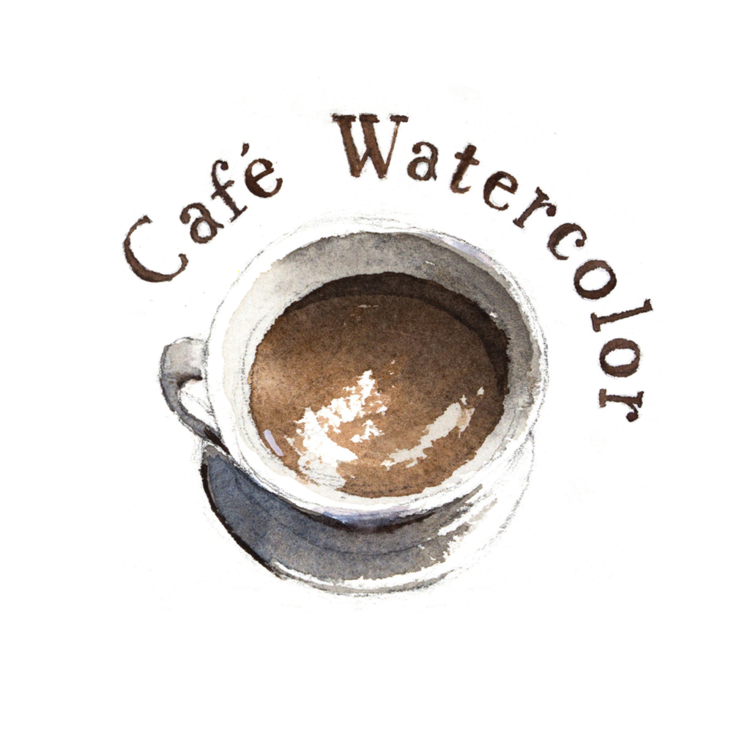Wet day, Seattle 14x20
Our eyes can trick us! When we look at a scenery or a finished painting. Our first glance is the overall shape of the scenery. However, when we look at our reference and start painting, our eyes start to focus on individual things. Our eyes have very narrow focus. When we look at something with just a tiny bit of depth, everything else around it quickly fade and blur out. Because of this, many students paint a scenery or portrait with many separate elements. They also tend to put too much emphasis and details in places that are not as important.
Always ask your self these questions:
- Is this element part of something bigger?
What are you looking at right now? Is it a window that's part of a building? Is it a tree that's part of a forest? If you are painting a portrait, are you looking at the person's eye that's part of a face? - Does it need to pop out from the painting?
What you are looking at and painting right now, does it need to be an emphasis? Is it really that important for people to see? Or is it merely a background or something that can be faded? - What's next to it?
Is the element that you are looking at a standalone thing in an empty space? Or is it part of a group of things? Is it one out ten cards on the street? Is it a person next to a group of people?
After you answer your self those questions. You will get a lot more clarity on the things you look at and the role they should be playing in your painting. You should then start making decisions while you paint:
- Do you even need to paint that?
This question sounds funny, but this can be a tough decision to make. Often there are things you simply don't need to paint! When looking at hundreds of windows on a tall skyscraper. I can suggest there are some windows. However, when it is a background element, there's no need to paint much detail. Instead, focus on the interesting shapes and silhouettes.
- Can you connect and merge the element into a bigger shape?
Are the things you are looking at part of the same depth and atmosphere? If so, try to connect them together. If you look at the above painting, you can see I connect quite a few shapes. The figures on the right are connected with the building. What separates them are the head and the light on the shoulder. I did that on purpose because I want the figures to belong to the environment on the right. The same thing as the car in the background, you can see that I simply lose the bottom into the reflection.
- If it doesn't need to stand out, can you make it part of a bigger shape and structure?
If you look at the cropped portrait painting I have here. You can see her eyebrows are connected with the shadow of the nose bridge and down to her cheek. The eyebrows are a bit darker, but you can see it merge with the overall value. They feel like they are part of the face instead of cut and pasted on. This is one of the huge issues I've seen in many student's portrait paintings, all the facial features look like they are not part of the face.
It's amazing how something looks simple has so much thought behind it, isn't it? This is why planning ahead is so important! It comes with practice and experience, so don't pressure yourself to achieve it in every painting (I fail to do so myself from time to time as well). Just make conscious decisions to connect and merge the shape together whenever possible. Very soon you will have a painting with good fluidity and atmosphere!
